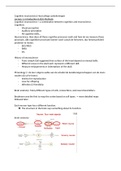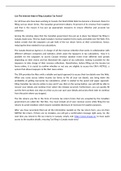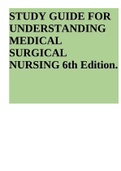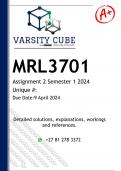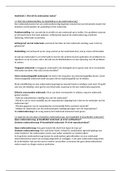Class notes
Cognitive Neurosciences course notes, part 1 ()
- Course
- Institution
In this document, you will find my lecture notes from the Cognitive Neuroscience course. These are the lectures needed for the first subtest (lectures 1 to 6), good luck learning!
[Show more]
